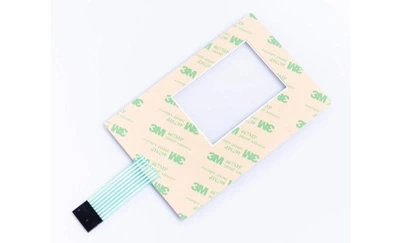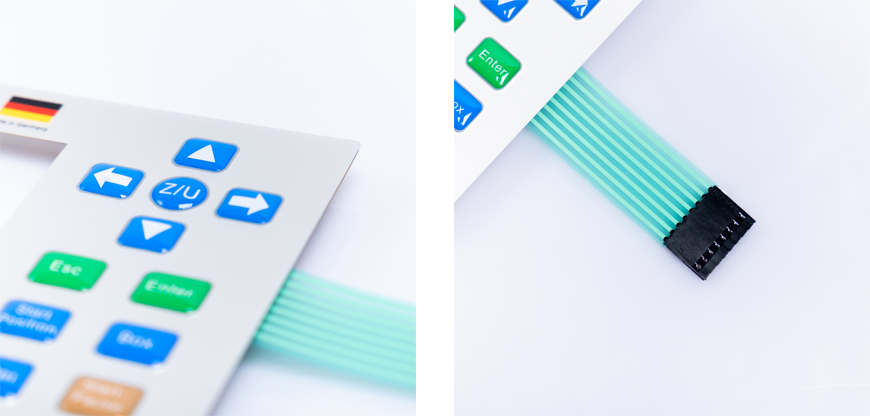
When it comes to maintaining a comfortable swimming pool, having a reliable pool heater is essential. Hayward is a well-known brand in the pool industry, and one of the crucial components in their pool heaters is the membrane switch. In this article, we will delve into the world of Hayward pool heater membrane switches, understanding their importance, functionality, troubleshooting, and more. So, let's dive in!

A membrane switch is an essential part of Hayward pool heaters, but what exactly is it? A membrane switch is a flexible, low-profile electrical switch that uses a conductive membrane to make or break an electrical circuit. In the context of Hayward pool heaters, it plays a vital role in controlling the device.
Hayward pool heaters are known for their efficiency and ease of use. The membrane switch is an integral component that allows users to control various aspects of the heater. Here's why it's crucial:
1. Temperature Control
The membrane switch enables users to set and adjust the desired pool water temperature. This functionality ensures that your pool water is always at the perfect temperature, enhancing your swimming experience.
2. Mode Selection
Hayward pool heaters offer different modes, such as heating, cooling, and standby. The membrane switch allows users to switch between these modes effortlessly, ensuring energy-efficient operation.
3. Error Detection
The membrane switch is equipped with diagnostic features that can detect errors or malfunctions in the pool heater. This helps in timely troubleshooting and ensures the longevity of the device.
Like any electronic component, membrane switches can encounter problems over time. Here are some common issues and how to address them:
1. Unresponsive Buttons
If some buttons on the membrane switch become unresponsive, it might be due to dirt or debris. Clean the surface gently with a soft cloth to resolve the issue.
2. Error Codes
If the membrane switch displays error codes, refer to the user manual to identify the problem. In some cases, a simple reset may solve the issue, but complex problems may require professional assistance.
3. Water Damage
Since pool heaters are exposed to water, water damage can affect the membrane switch. Ensure that the heater is properly sealed and free from leaks to prevent such issues.
To ensure the longevity of your Hayward pool heater membrane switch, follow these maintenance tips:
1. Regular Cleaning
Clean the membrane switch periodically to prevent dust and dirt buildup.
2. Professional Inspections
Schedule annual inspections by a qualified technician to identify and address any potential issues.
3. Keep it Dry
Ensure that the area around the membrane switch remains dry to prevent water damage.
In conclusion, the Hayward pool heater membrane switch is a vital component that ensures the efficient operation of your pool heater. Understanding its functionality, importance, and how to troubleshoot common issues is essential for pool owners. By following maintenance tips and addressing issues promptly, you can enjoy a consistently comfortable swimming experience.
Can I replace a faulty membrane switch myself?
While simple issues like cleaning can be done by the pool owner, it's recommended to consult a professional for complex replacements to avoid further damage.
How often should I clean the membrane switch?
Regular cleaning every few months is advisable to prevent dirt buildup.
Are membrane switches in Hayward pool heaters durable?
Yes, they are designed to be durable, but proper maintenance is essential to ensure longevity.
What do I do if my membrane switch displays an error code?
Refer to the user manual for error code explanations and follow the recommended troubleshooting steps.
Is water damage to the membrane switch common?
It can occur if there are leaks in the pool heater. Regular inspections and maintenance can help prevent water damage.